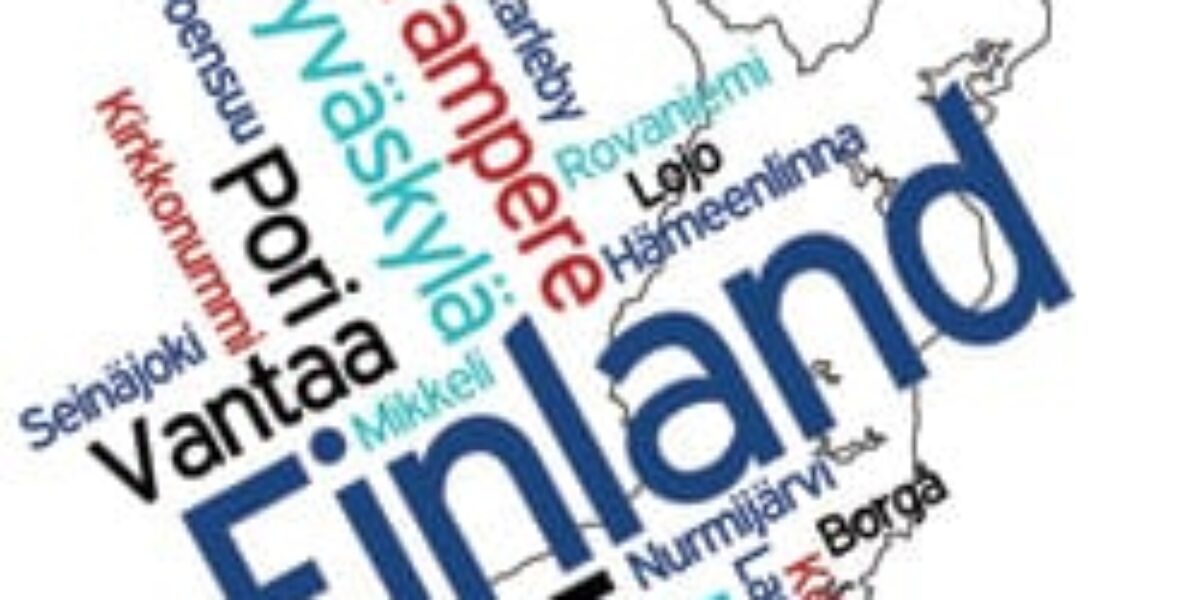Finland – Out of the Woods
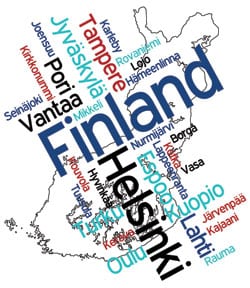
It’s good to know Finland’s economy grew at an astonishing rate in the first three months of this year, increasing at an annual rate of 5.5% on the back of inward investment.
Finland weathered the global downturn well; that’s the opinion of the nation’s central bank governor, Erkki Liikanen. Talking to the New York Times recently, he had this to say:
“We had a deep fall in our output (-8% in 2009), but we had no problem of financial institutions. They were safe. The fact that our Finnish economy was able to weather the storm and keep consumer confidence relatively high is that the transmission of monetary policy in Finland was very quick.”
Indeed, the Bank of Finland predicts that Finland’s GDP will grow close to 4% this year, due to a substantial knock-on effect from accelerated growth in 2010. "The positive growth figures reflect the economy’s rise from the depths of recession," Liikanen explains. The governor, whose name is linked as a possible candidate for the next ECB Presidency, says GDP will grow 3.9% this year, falling back to 2.7% in 2012 and 2.5% in 2013.

Finland is the northernmost member of the EU, however, you’d be entirely mistaken if you thought that the nation’s far-flung geographic location had any negative impact on its grasp of what’s going on in the world. Far from it. In fact, one of the reasons Finland has been immune to the crash was that its finger was firmly on the pulse. Finland’s strong legacy of innovation has underpinned two decades of growth and provided a lifejacket during the downturn.
In fact, Finland’s robustness is entirely due to the lessons the nation learned during the 1990 recession when its main trading partner Russia suffered financial crisis.
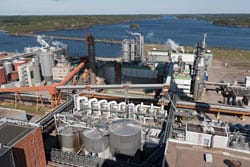
In contrast to most economies in crisis that slashed spending on research and innovation, Finland upped the ante. Both the government and private sector increased their R&D and innovation efforts, and used the crisis as an opportunity to make a major transformation from a natural resource-based economy to a knowledge-based one.
The nation speedily turned around its fortunes, transforming itself from the agriculture-dependent economy it was in the 1950s, to become the world’s most competitive economy – ranked by the World Economic Forum’s Global Competitiveness Report, no less.
In fact, Finland now has the largest turnover from innovation out of all the Nordic nations, and the highest quota of utility patents in the EU. Of course, research and development still figures high on the agenda, and Finland has the world’s third highest R&D spend per capita. Together with the strong synergy between companies and universities supplying a steady stream of highly educated talent, it should come as no surprise that Finland is still hugely prominent on investor’s radars.
Finland’s robustness is entirely due to the lessons the nation learned during the 1990 recession when its main trading partner Russia suffered financial crisis.
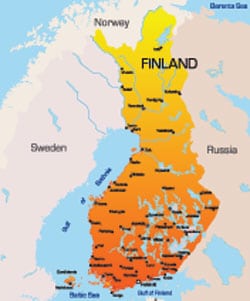
The government is business-friendly and hugely appealing to investors. The Finnish government operate appealing incentives for foreign-owned companies looking to invest – including the house style of extensive cooperation between Finnish universities and the private sector. Red tape is minimal, running costs are low, and Finland has an enviable reputation one of the least corrupt countries in the world according to Transparency International. Finland’s government has learned from previous downturns that investment in its own people is the quickest route to success.
Of course, the country is entering a new phase, but the infrastructure is already in place for continued success. The nation is littered with high-tech clusters specializing in everything from wireless and mobile solutions, to cleantech, health care and life sciences.
Towns like Lieksa, Valtimo and Nurmes in North Karelia are perfect examples of Finland’s new dynamism. Bordering Russia, the traditional industries of forestry and wood have long provided the region’s economic backbone, but now modern industries like gaming, optics, renewable energy and media content are becoming more important locally, nationally, and internationally.
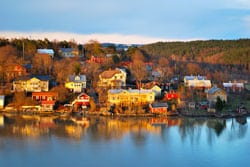
The regional development company here, Pielinen Karelia Development Centre is dedicated to strengthening that growth and building upon it for wider business interests. They are the first point of contact for any investor needing detailed intelligence on the region’s opportunities.
World class universities in the region and excellent transport links by air, road, rail, and staggeringly beautiful scenery, and great quality of life means places like this are attracting the sort of talent Finland’s economy needs.
In fact, the nation’s success is palpable. In stark contrast to many ailing EU nations, Finland’s retail trade continues on a strong growth path during the first quarter, with car sales up by a third from one year ago. Unlike their British counterparts, Finnish consumers have consistently expressed strong confidence in the development of the country’s economy and in their own financial situation since the middle of last year.
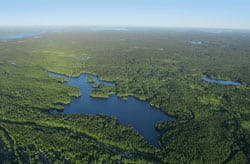
In April 2011 the consumer confidence barometer compiled by Statistics Finland stood at 22.7 for the Helsinki region and 17.8 for the country as a whole.
The towns of North Karelia are rising from the backwoods to the forefront of the information society, thanks to a lot of enthusiastic people working together to make a difference.
Private, public and university funding for research is first-rate. All the leading local companies and municipalities are funding research fellowships – this makes it possible to provide information services on a scale normally unattainable for relatively small cities. Of course, they owe much of the own civic success to the people here who’re committed to their work and making their cities better places to live.


